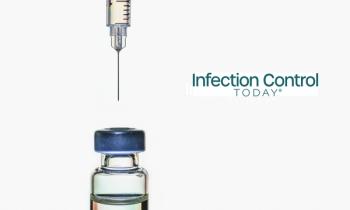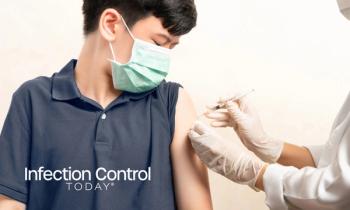
7 Things Infection Preventionists Need to Know When Dealing with COVID-19
One of Infection Control Today®’s Editorial Advisory Board members offers a quick to-do list.
How busy are infection preventionists these days? Infection Control Today® just heard from Linda Spaulding, RN, CIC, BC, CHEC, CHOP. “I’m in Texas helping two hospitals and up to my eyeballs in COVID-19,” reports Spaulding, who is an infection prevention consultant and a member of ICT®’s Editorial Advisory Board. Yes, that’s her in the photo. “It’s seriously busy…. I’ve been working from 8 until midnight every day.”
We asked Spaulding to list what infection preventionists need to know to get through this suddenly thrusted upon us Era of COVID-19. She says:
1. Verify and validate the information that you are receiving so you don’t make an incorrect decision.
2. Monitor emergency department staff and be sure they are wearing their personal protective equipment appropriately.
3. If using an N95 mask for COVID patients, consider placing a surgical mask over the N95 mask to prevent the outside of the mask from becoming contaminated.
4. Be sure your hospital is including you in conference calls and incident command.
5. Make walking rounds to assure staff who are afraid.
6. Develop simple information to provide to patients related to self-quarantine. Try to provide it in multiple languages. The US Centers for Disease Control and Prevention has great information on this that can be summarized.
7. Try to have powered air purifying respirator for people who are performing intubation.
We’ll keep you updated.
Newsletter
Stay prepared and protected with Infection Control Today's newsletter, delivering essential updates, best practices, and expert insights for infection preventionists.






